AI data providing solutions to retail, business recruitment in small cities
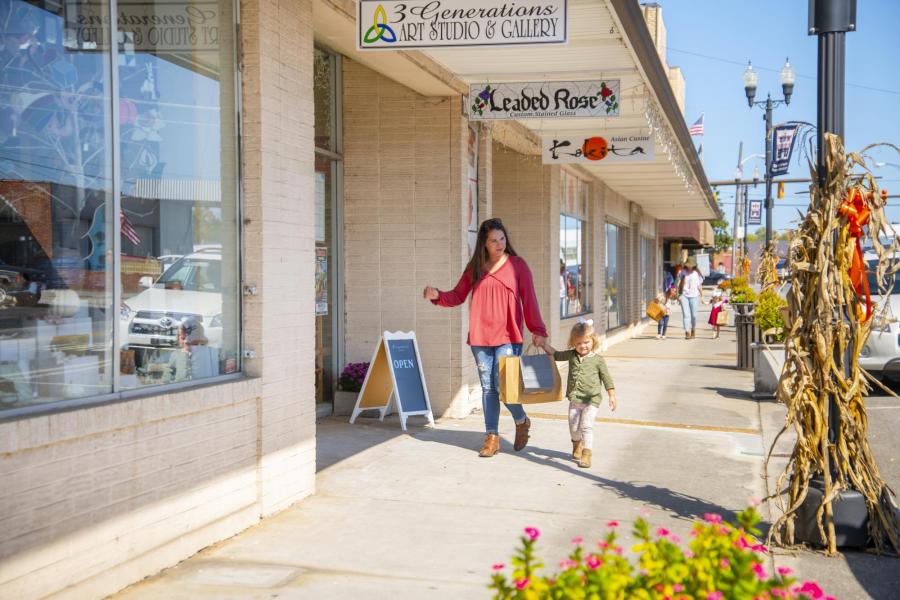
By KATE COIL
TT&C Assistant Editor
With new uses for artificial intelligence (AI) technology being discovered daily, smaller municipalities in Tennessee are realizing how they can put AI to work to promote and attract retailers.
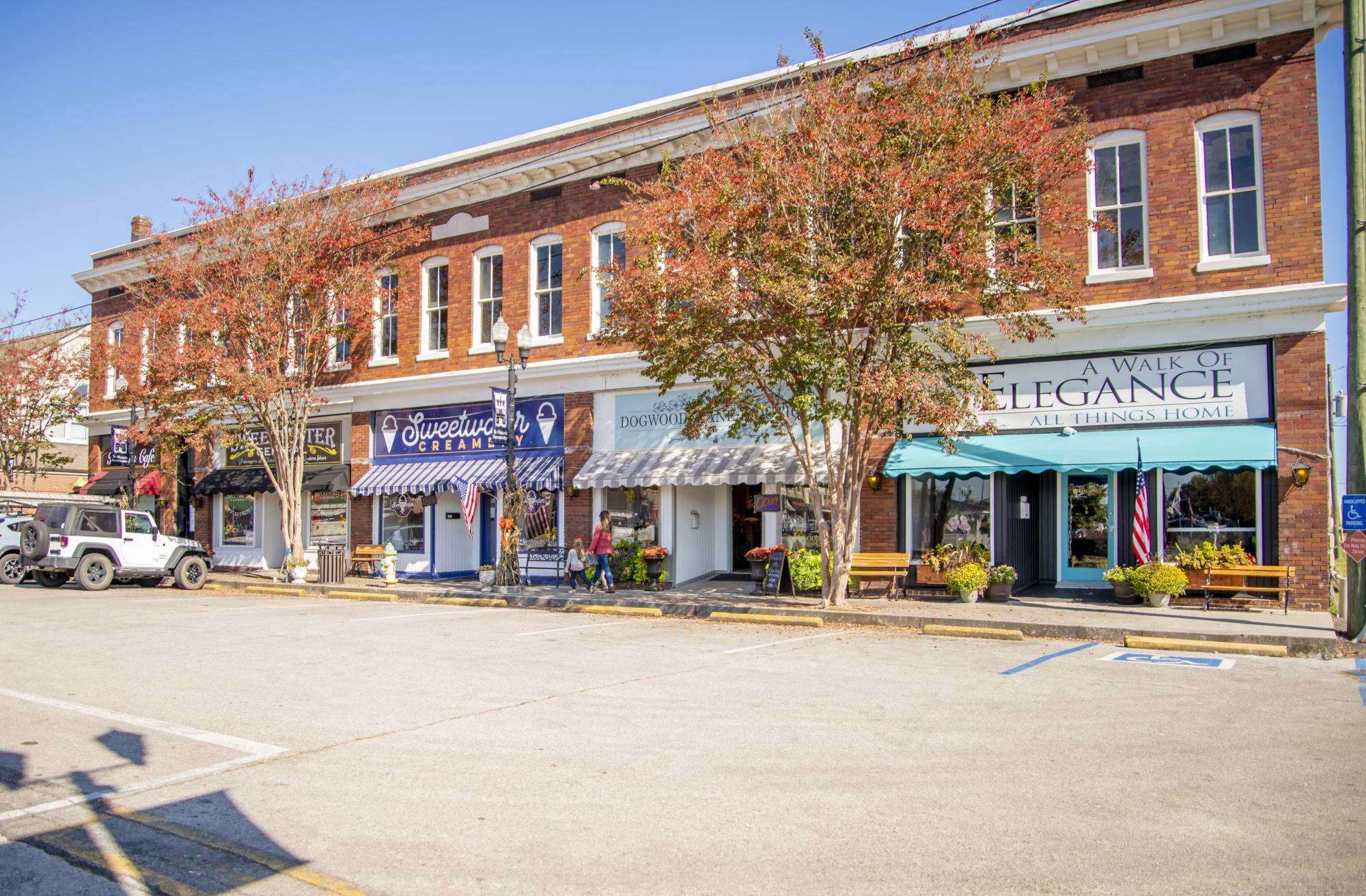
Both the city of Sweetwater independently and municipal members of the Tennessee Retail Alliance have begun using PlacerAI software as a tool for retail development. The company provides data largely targeted at the retail, civic, hospitality, and finance sectors, to help organizations make better decisions.
Angie Carrier, management and finance program manager with UT-MTAS, said the Tennessee Retail Alliance she heads offers members the opportunity to use PlacerAI data. The alliance also offers training for members on how to use data from the site.
“It is crazy the amount of data it provides,” Carrier said. “You can track how many reports were filed by the police for a crime around a specific shopping center. We tracked it to see where people go after a UT Football game, and we found a lot of them go to the Publix at University Commons or to the UT Aquatic Center. It can help cities tell a more informed story on what kind of folks shop there and compare themselves to others to make better arguments.”
Jessica Morgan, city recorder for Sweetwater, said city officials first learned about the software at a conference where several communities touted their own use of it. Sweetwater first did a demo of the software and then used $15,000 of hotel-motel tax money to buy a year subscription to see if it was the right fit for the community.
“There is so much you can do with it that I don’t think a city government could possibly use every application,” Morgan said. “There is a report you can use for board presentations or one for if you are trying to recruit a particular type of business into a certain part of town. You can see how many people came into a specific geographic area on this day between these two days or how many people came into the city limits for the entire calendar year. It’s so versatile. You can use it for traffic lights, timers, and upgrading that technology or knowing which streets need to be paved sooner.”
HOW IT WORKS
PlacerAI pulls data from smart phones including demographic information like age, income range, zip code, and others. An algorithm is used to account for the fact that not everyone has a smart phone, including children and older model phone users.
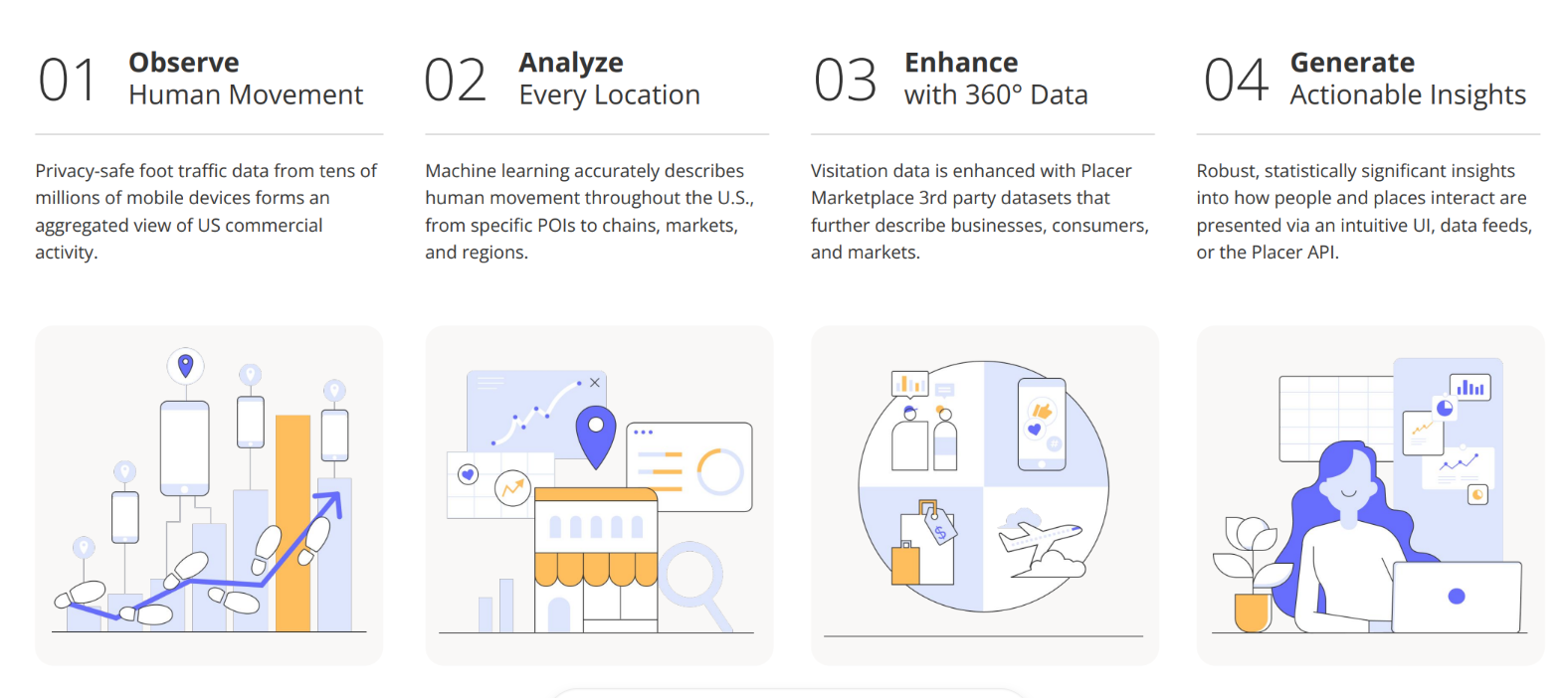
These calculations are verified by an in-person spot counter. On average, PlacerAI’s algorithm calculations are within 95% accuracy of what the spot counter sees on the ground.
“They can track people from a specific area, all over the country, and even outside the country,” Carrier said. “It helps be informed and to know that maybe you need to advertise on a broader perspective for some of our festivals.”
Before the data is handed over to the customer, PlacerAI ensures that the privacy of those they have collected data from is kept private.
“They scrub data for privacy reasons, and we never see that side of it,” Morgan said. “We never see names or home addresses. What we will see is that we had 25 visitors come from Blue Ridge, Ga., to Sweetwater. It gives basic demographic information. If we run a visitor report on the town for the whole year, it will tell us 10% of them where white males in a certain age group. It will know income information, and anything your smart phone can track it. I cannot identify who these people are.”
INCOMING VISITORS
For Sweetwater, some of the most important reports dealt with who was coming into town for festivals and where these visitors were coming from so marketing officials could better target advertising.
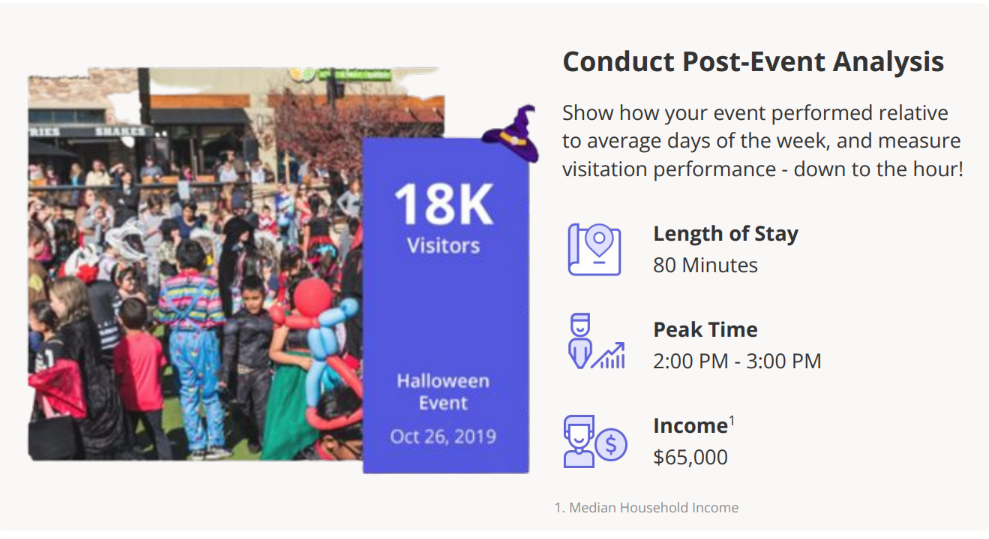
“We tracked how many people attended our festivals and also how many people just came in for the day of the festival,” Morgan said. “Maybe these people didn’t come to attend the festival. We found that 0.5% of people who come to Sweetwaters stop at the Buc-Cee’s in Georgia before they come to Sweetwater while 0.5% of the people who leave Sweetwater stop at the Buc-Cee’s in Richmond, Ky. It sounds like a miniscule amount, but what that’s telling us is important. It’s telling us that there is a measurable chunk of our visitors are people traveling north-to-south on Interstate 75. That means if we wanted to do a billboard, we need to advertise on that road.”
By providing this valuable data, Morgan said the city and local chambers can also provide added value to their business community. Morgan said the data was able to help a Sweetwater business owner who was debating moving their business to a new local downtown.
“There were numerous reasons why they wanted to move locations, but the rent was almost double downtown what they were already paying,” she said. “I could show them the traffic counts of the number of visitors they had walk through the door at their current location versus what it would be at their new location. The change would take the walk-in traffic from 54,000 a year to 250,000. For their type of business, that traffic mattered, and it enabled them to have the data they needed to pull the trigger on relocating.”
Morgan said the data can also show why it makes sense for Sweetwater to invest money in its downtown and events.
“It shows why we are putting money into tourism and Main Street through the economic impact that is happening,” she said. “Yes, we can show them sales tax numbers, but no one would dream that Sweetwater had more than 3 million visitors, someone who puts their cell phone down at night in another town, in a year or that we have, on an average Thursday, 8,000 people who go through a specific intersection downtown. Having these concrete numbers makes it much more legitimate.”
RETAIL LEAKAGE
Carrier said one of the most common reports retail alliance members seek are those on peer analysis. This data shows what retail options a city of a similar size and make up have that another does not. Carrier said cities can compare themselves to similar municipalities across Tennessee, the Southeast, or the country to see differences.
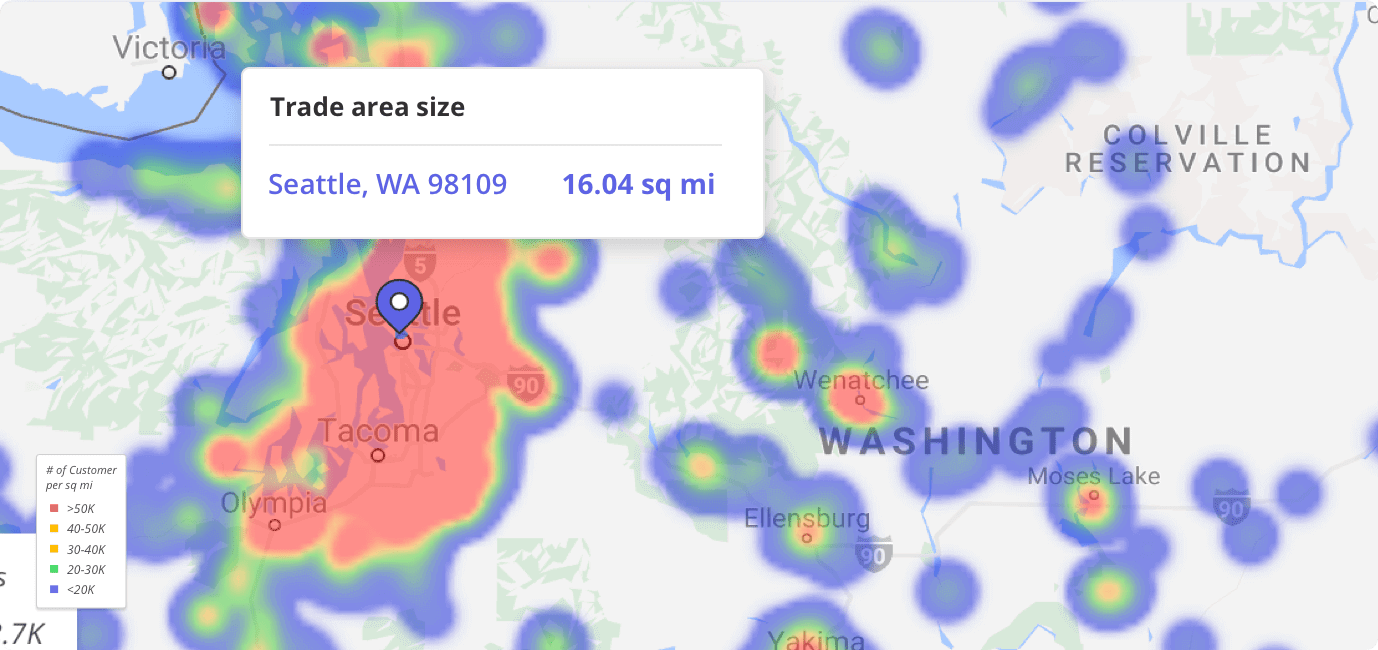
Retail leakage – the phenomenon where residents leave their own community to visit a specific retail destination in another city – can also be tracked through PlacerAI.
“The leakage reports are so awesome in that you can see where people who live within your city are going to purchase certain things,” Carrier said. “In turn, you can see how much money is going out of your city on certain types of retail. You then take that data and combine it with a peer analysis report – of what stores cities your size and your median income have – and then use that information to recruit those stores. If you make an intentional approach to a certain kind of retailer you have a better chance of success.”
How retail recruitment works has changed in recent years.
“It used to be you would get a Walmart and certain retailers just followed Walmart,” Carrier said. “You would have shopping centers will all the same chain retailers. They don’t do that anymore; they don’t just trust Walmart. They do their own analysis and it’s not a given any more that you are going to get all these stores with one big box.”
As a result, Carrier said data like that provided by PlacerAi helps city leaders know both with retailers they are likely to have success with and have data to back up their pitches.
“You must be intentional with your approach to certain retailers and know their threshold,” she said. “You can watch your city grow and once you reach that threshold reach out to them. This type of software helps you look at your data and know when you’re ready to approach a retailer. I have seen retailers run from people at conferences because a small town without even a Burger King is trying to get a Target. A business won’t come to a community that doesn’t meet thresholds for traffic, median income, etc. Your citizens may want a certain business, but it doesn’t work that way.”
BUSINESS RETENTION
In addition to recruiting new business, Carrier said cities can use the data they receive to help existing small businesses.

“For existing businesses, you can do psychographics that can give them the makeup of their consumers, what they look for, what they are interested in, and where they spend most of their incomes,” she said. “Existing businesses can look at that and say maybe I need a different store front to attract customers. It could help businesses that people visit together connect and come up with ideas together. Every business owner I’ve shared data with has loved it because they love to get to know the consumer. Small businesses can’t generate reports on their own either.”
Morgan said one of the trends Sweetwater discovered was that visitors to the local hospital often stopped at a local coffee shop as part of the trip. Data showed that visitors from multiple counties and communities were coming to the hospital.
The data helped local restaurants and coffee shops better target those coming into the community for medical visits with menus for food they can either get delivered or stop for on the way in and out of the community. Morgan said some of the most surprising data was that the hospital was in the top ten places visited in Sweetwater.
“We also use a report that shows where people came from and then where they went after they left Sweetwater. We are an interstate city, and it helps our businesses know when to be open. A lot of our businesses were closed on Mondays, but we have been encouraging them to open on Mondays because there seems to be a lot of traffic in town on Mondays. It is helping businesses determine what hours are best for them.”
Morgan said economic development officials can sometimes get a sense of whether business is up or down, but the data gives them concrete evidence to share with city leaders, taxpayers, and local business owners. Morgan said showing trends such as visitor demographics and lengths of stay at a local Main Street meeting garnered more reaction from business owners than any other report she has given.
“People don’t trust just hearing that you’re a great place to do business; they need to see that in action,” she said. “This is one way we’ve been able to do that. No one else had given them this before. It helps with entrepreneurship development and gives us a reason to create a relationship with a brand-new entrepreneur. It helps them determine how to establish their store hours. It can help them choose the best location. Most of our businesses are small and have limited resources; they are never going to be able to afford data like this on their own. This is a great service we can help provide for them. It also fosters relationships and gives us accuracy.”
THE AI SHIFT
As the way retail recruitment changes, AI can help level the playing field for cities and give them ever-important data for their business community.

“In the past it was about handshakes, who you knew and knowing the right person whether it was a developer or real estate reps,” Carrier said. “Everything in retail really focused on relationships. The data was there, but it wasn’t at everyone’s fingertips. Because AI is so accessible, we can use that data to make the right approach to developers and companies. What isn’t going to change is having those relationships. Cities can just be more strategic with data in those approaches. It will make cities smarter if they learn how to use the data. They aren’t wasting time on people who aren’t going to respond; they can spend their time selling their city to the people who care and be more educated and focused."
Carrier said the Tennessee Retail Alliance is working to make this data easier to afford for cities, especially smaller ones, who cannot afford the size-based price tag on the software. She said cities with a population of under 2000 can join the alliance for $2,000 to not only receive generated reports other associated trainings and other benefits in a changing world of retail recruitment.
For Sweetwater, PlacerAI has been worth the investment, but Morgan said she would encourage other communities to do a demo of it to see if it is a right fit for them. Going in to purchase the software with other cities, county governments, or local CVBs and chambers may also make it more affordable.
“I don’t think we will ever get rid of it now,” Morgan said. “I don’t think we will ever have a year without it, because it gives us such insight. Occasionally, we will have someone call to ask a question, and I can go pull the PlacerAI data to answer that question. Being a small town, we know our businesses owners. I can reach out to them with the data and help encourage them based on the data. It can really make a difference to them. Especially if you have a person who likes data, it’s probably more beneficial to small cities than big cities. It’s little cities who don’t have anyone harvesting their data or paying attention to them.”

